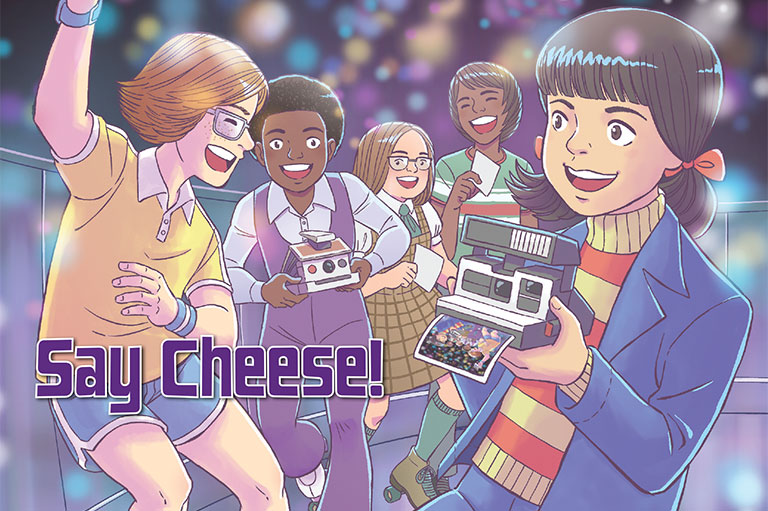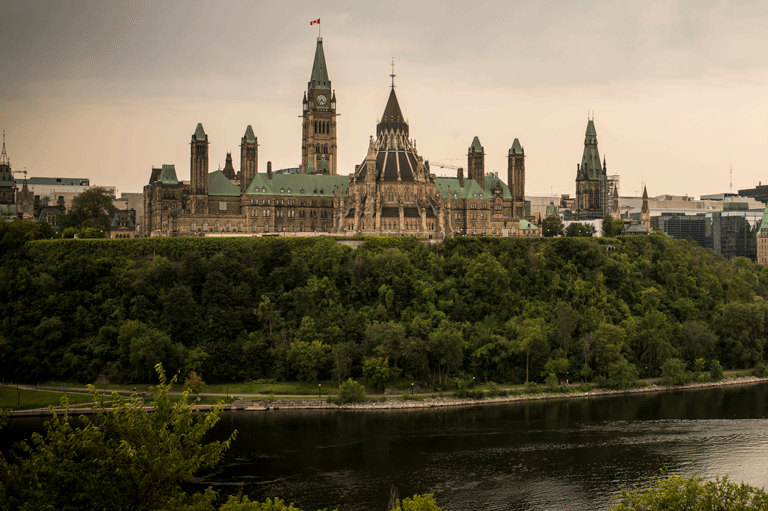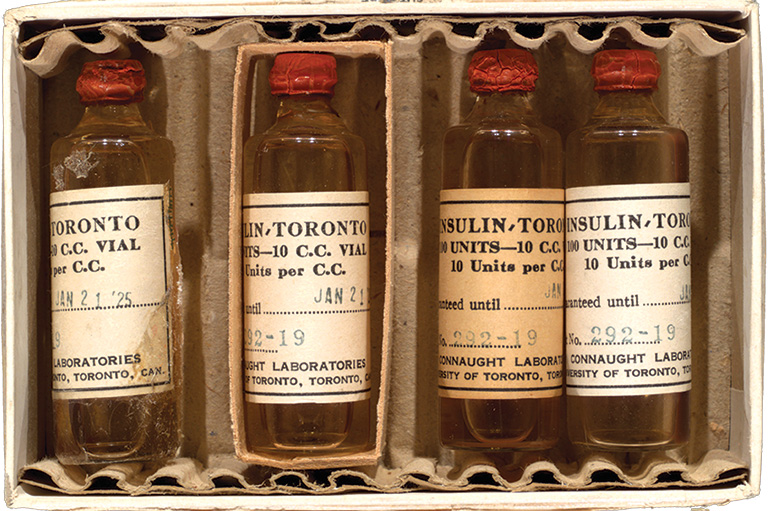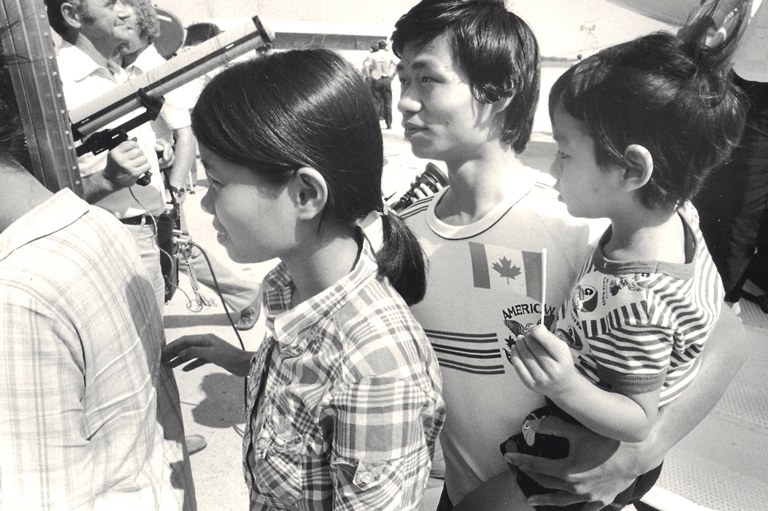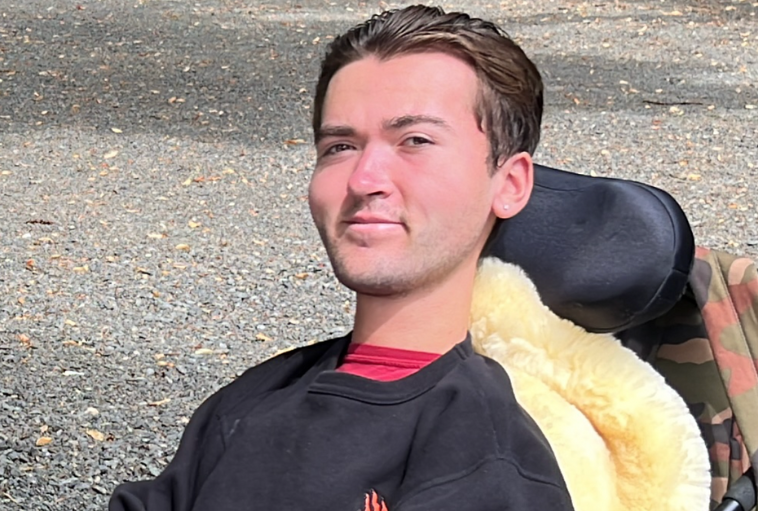Analyzing a Primary Source: Anatomy of a Photograph
This activity is based on the “Say Cheese!” issue of Kayak: Canada’s History Magazine for Kids. This issue focuses on important photographs, what they tell us, who took them, and lots more. Distribute copies of the magazine to help support this activity.
Overview
In this activity, students will analyze photographs to get comfortable working with primary sources. As a class they will identify key elements of each photograph and gain valuable practice asking historical thinking questions as they relate to visual material.
Activity
Provide students with access to these photographs one at a time, either printed, digital, or projected in a highly visible place in your classroom. These photos are available for download in a PDF.
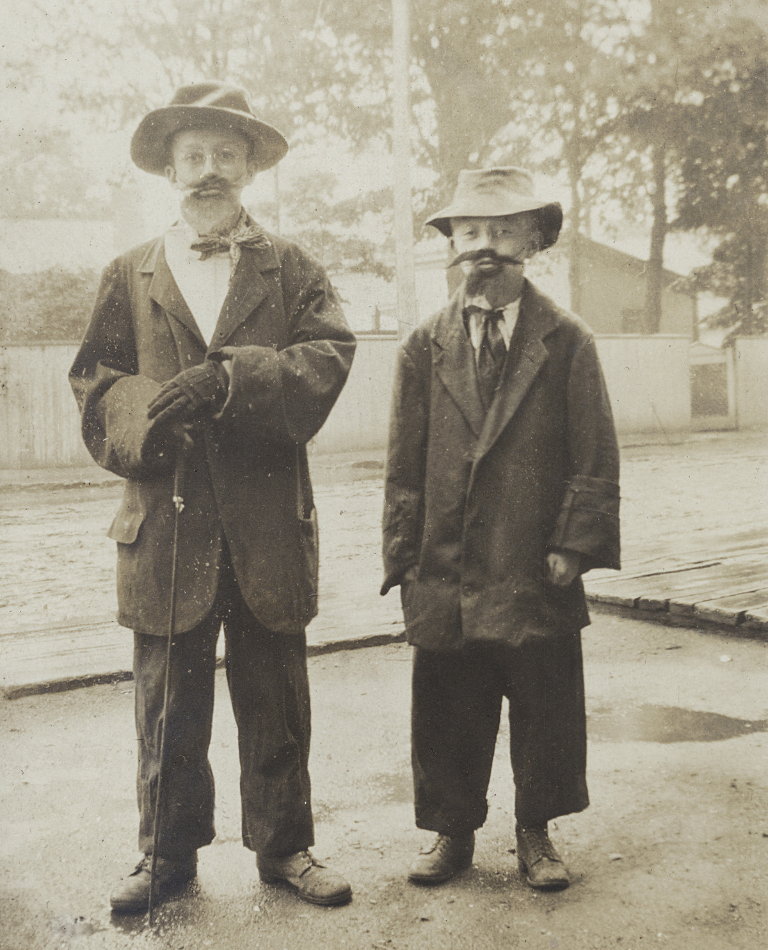
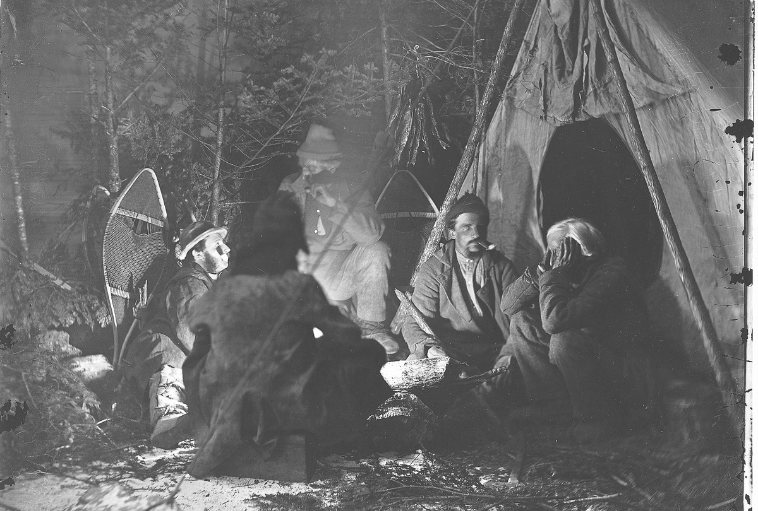
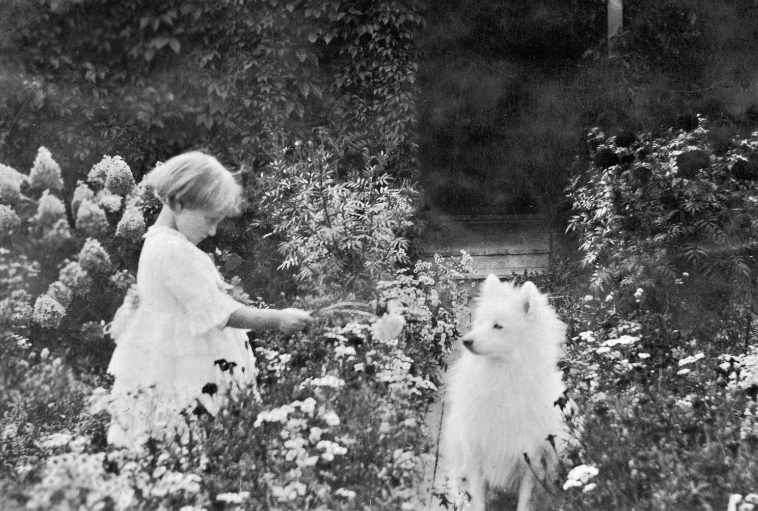
Students can also follow the link provided in the downloadable PDF to learn more about the details of each image. Ask your students to identify the key elements of the photograph with the questions below. They can answer all that may apply to their photographs.
First impressions:
- What is the subject of the photo? Is it:
- A landscape
- Architecture
- Posed
- Candid
- Event
- Portrait
- Documentary
- Family
- What do the people in the photograph look like?
- What are the people doing in the photograph?
- Can you tell when and where this was taken?
- What do you notice about their clothes or their surroundings?
Take a closer look:
- Who took the photo?
- What can you tell about how the photo was taken?
- Summarize the photo in your own words.
Understanding the historical context:
- What was happening at the time in history? (What is the context?)
- Why was it taken? (Use evidence from the photo, or your knowledge of the photographer.)
- What if a new caption was written? Does it change the meaning?
- Do we take photos of the same things today? How has photography changed?
Using photographs as evidence:
- What did you find out from the photo that you might not learn anywhere else? What are the strengths of looking at photographs as pieces of evidence?
- What other documents, photos, or historical evidence are you going to use to help you understand this time period or topic?
- Where do you think you could find more information about the people or objects in the photo?
- Where could you find more photos like this?
Ask your students to consider the usefulness of photographs in the study of history. What do they add? What are the weaknesses of photographs?
Once your students get used to this format, they can work in pairs, larger groups, or as a class, repeating the exercise with each photo or any new ones the teacher might find.
Expand
Brainstorm a list of key historical entry points that students have already learned about or want to learn about. This list might include:
- Battles or the home front in the First or Second World Wars
- The Great Depression
- Canadian industrial era
- Any local or iconic historic buildings that have stood for decades
- The Rights Revolution in Canada
Ask your students to find 2-3 representative photographs. Based on the questions from the previous activity, ask them to write 1-2 short paragraphs on what they can learn about people and events from the photographs they have chosen.
Suggest students use trustworthy sources to find their photographs. Some databases include:
- McCord Museum’s Online Photography Collection
- Library and Archives Canada
- Local museums online collections or current exhibitions
- University collections and databases
Themes associated with this article
Advertisement

